Market Analysis
In-depth Analysis of Hexamethylenediamine Market Industry Landscape
The market dynamics of hexamethylenediamine (HMDA) are driven by a combination of factors that collectively shape the demand and growth within this important chemical sector. The increased usage of HMDA in manufacturing nylon 6/6, which is a widely used polymer in various industries such as textiles, automotive, and engineering plastics, serves as the main driving factor. Technological advancements play a pivotal role in shaping the evolving dynamics of the HMDA market. Continuous research and development efforts focus on improving the production processes and properties of HMDA, such as purity and yield. Innovations in catalyst technologies and reaction engineering contribute to the development of advanced manufacturing processes, ensuring the efficiency and sustainability of HMDA production. This ongoing innovation ensures that HMDA remains a competitive and reliable component in the synthesis of nylon 6/6, meeting the evolving needs of different industries. The textile industry is significantly influenced by hexamethylenediamine (HMDA). As a key ingredient in the production of nylon fibers, HMDA contributes to the strength, durability, and versatility of textiles. The strong demand for high-performance textile applications like sportswear, automotive interiors, or industrial fabrics has been contributing to continuous growth in this field. Environmental considerations are gaining prominence in shaping the market dynamics of HMDA. Given the increased emphasis on sustainability, green chemistry developments have focused on renewable sources to make HMDA more attractive. Manufacturers are exploring bio-based HMDAs derived from bio feedstocks as a more environmentally friendly alternative. There has been an increasing shift towards sustainable practices that mimic what consumers want about carbon footprint reduction within this sector while addressing both environmentally conscious consumers' tastes as well as those of eco-friendly industries. The dynamics of the HMDA market are a critical aspect of regulatory compliance. Stringent regulations on chemical safety, emissions and product standards influence the production, distribution, and application of HMDA. The economic landscape also influences the dynamics of the HMDA market. The growth of this market is affected by economic factors such as industrialization, consumer spending, and demand for nylon-based products. Key market players compete in the HMDA market, which is one of its defining features. To strengthen their position in the market and have an advantage over others through competition, firms employ strategies like expansion of capacity, mergers, or acquisitions. For enduring success in this highly competitive marketplace, there must be the availability of superior quality HMDA that meets specific needs within industries while concentrating on innovation and customer satisfaction.


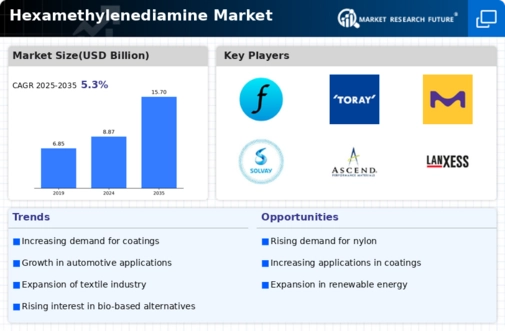
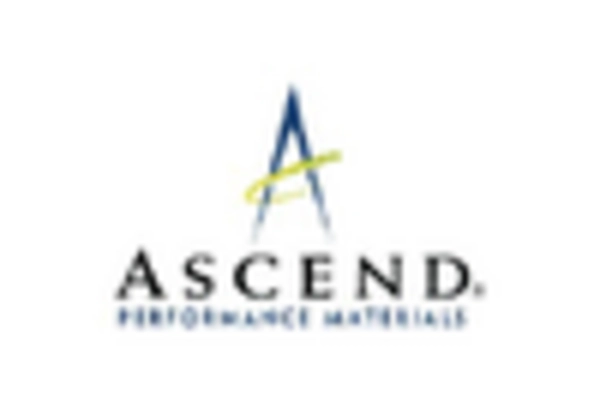

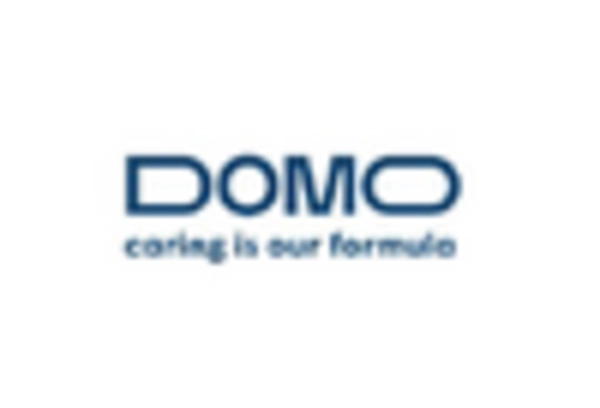
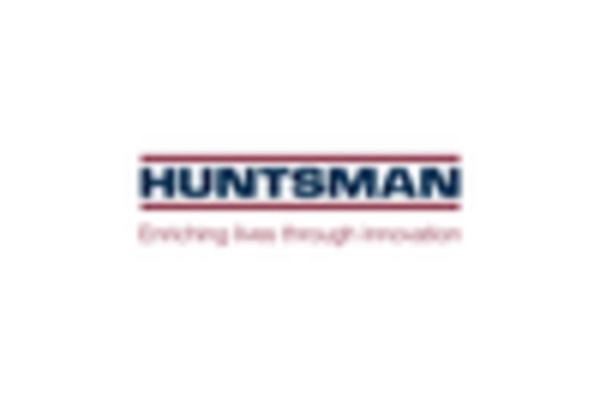

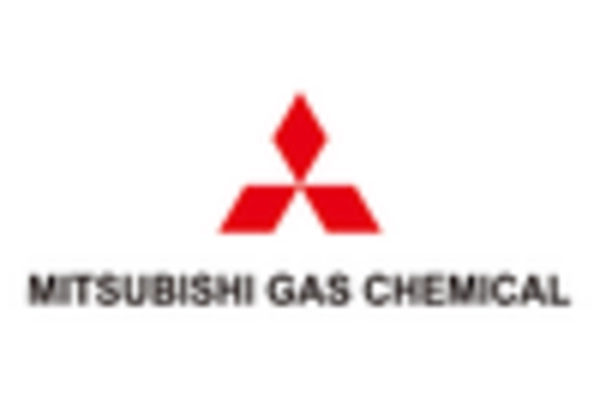









Leave a Comment